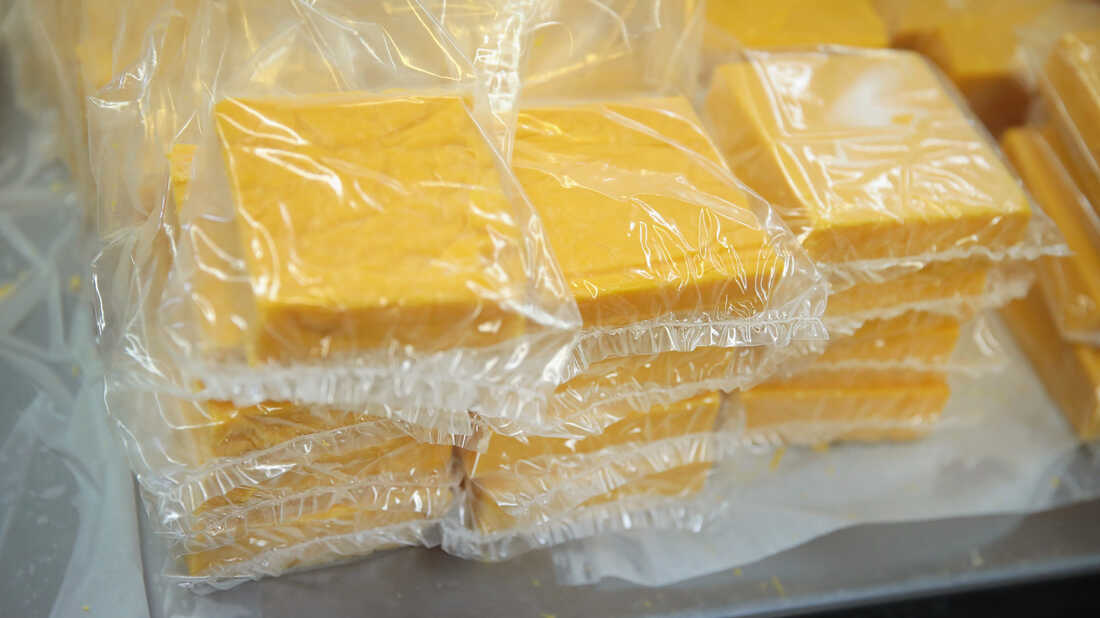


The USDA helped “cut the glut” then by purchasing $20 million worth of fresh cheese. In 2016, the industry literally dumped 43 million gallons of unwanted milk. Government cheese was created to maintain the price of dairy when dairy industry subsidies artificially increased the supply of milk and created a surplus of. Meanwhile, American milk consumption has declined steeply since 1975, but that hasn’t stopped dairy farmers from overproducing. In fact, the country currently has more cheese stockpiled than at any other time since it started keeping note of how much cheese it has 100 years ago. The Reagan administration distributed as much as possible through food assistance programs, and the government has been trying to wean itself off surplus cheese ever since. As the Washington Post reports, US dairy producers now have a whopping 1.39 billion-pound surplus of cheese. We know that because the stockpiles of cheese in the United States are increasing at an alarming rate. By 1984, there were five pounds of government cheese for every American, and it was getting moldy, per Atlas Obscura. Kearney St. Stockpiling Importers began ordering millions of dollars of extra wheels of Parmigiano Reggiano and other harder cheeses after the US Trade Representatives office in July added cheese to its list. To save dairy farmers, the Carter administration started buying cheese at an unprecedented rate, thus encouraging overproduction and creating a massive surplus. Erlen Group is a collective of industrial companies that includes Springfield Underground. The unintended consequences reached absurd levels when milk prices spiraled due to economic problems in the 1970s. Department of Agriculture plans to buy 20 million of stockpiled cheese to distribute to food banks and pantries nationwide in an attempt to stem farmer losses after dairy prices plummeted. When prices rose above a specified level, the government opened the cheese reserves when prices dipped, the government simply bought more cheese. To stabilize markets, the USDA introduced the Dairy Product Price Support Program in 1949 and started buying surplus milk in the form of cheese.


 0 kommentar(er)
0 kommentar(er)
